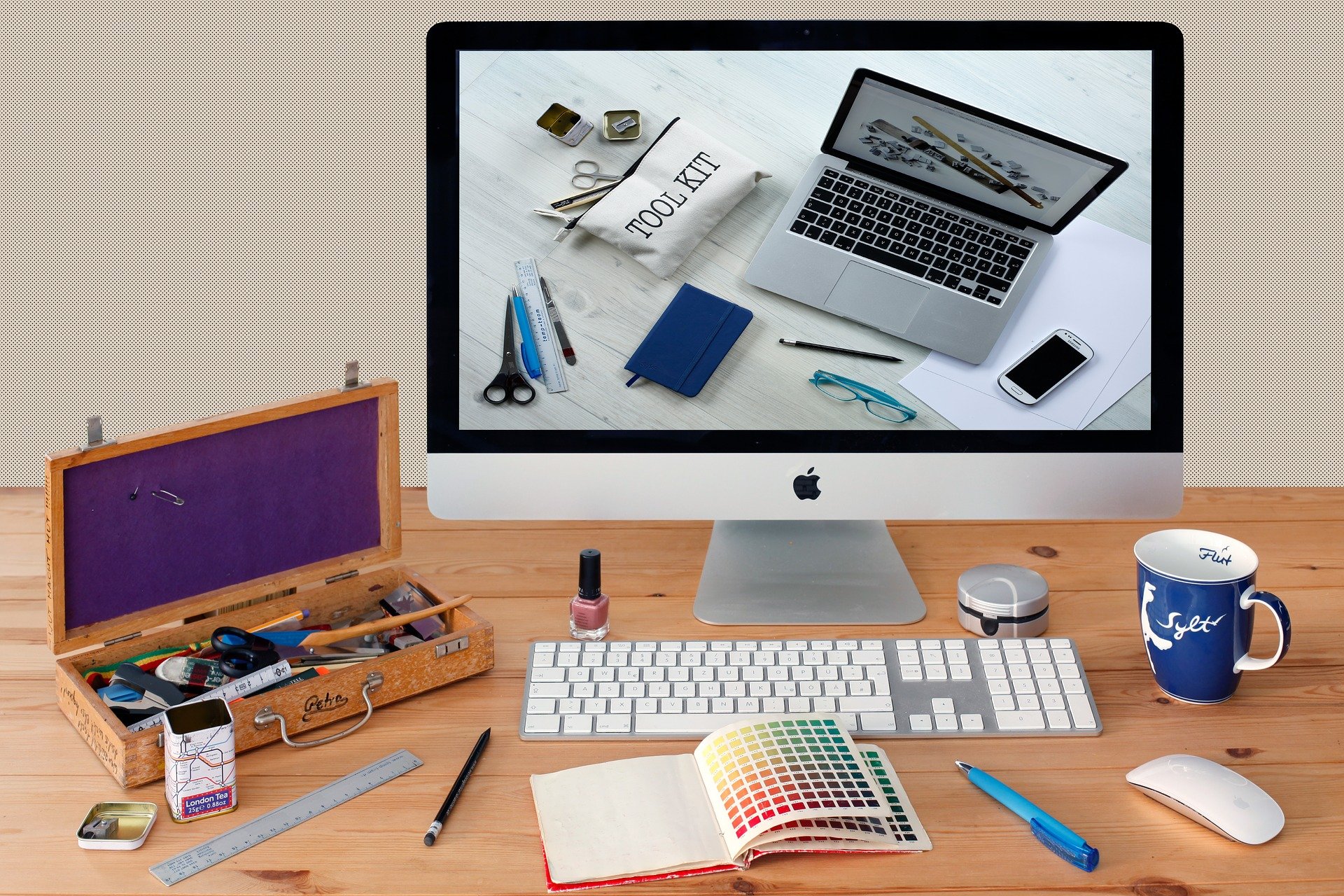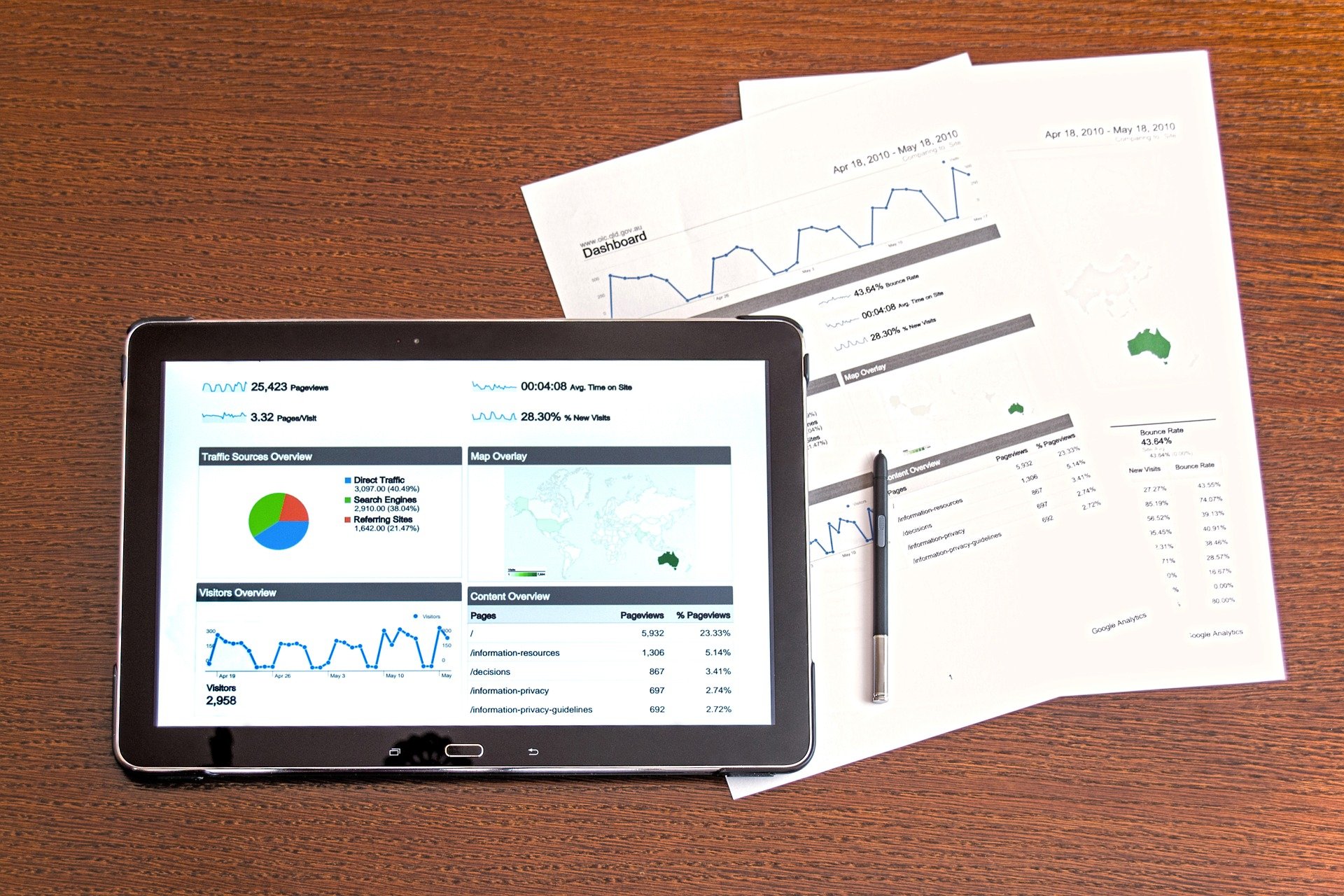I’ve worked as a graphic designer both at a local newspaper and in my own business, and have been a liaison between business owners and print shops for over twenty years. I have learned some of the print industry’s lingo and thought I would share some of these terms in this article so readers are more aware of what they mean.
Artwork
This can sometimes go by just “art”. It refers to the product’s final format: all type/body copy, images/photos/illustrations.
Camera-ready artwork
Just what the name says: it’s camera-ready, ready to go, ready to use. That means the print shop or designer should be able to import into the project without any problems or adjustments needed. It can also be considered WYSIWYG — what you see is what you get — So be careful.
Coatings
- Aqueous coating is a water-based coating applied to paper after printing to give a slight shine to the final product and is fairly inexpensive.
- UV coating is more of a varnish-type of shine. It’s applied after printing and cured using ultraviolet light. This tends to be more widely used but can be more expensive. It can be difficult to write on.
Comp
This is an abbreviation for “composition”. It refers to the finished sample of the work commissioned, be it a business card or brochure, a flier, newspaper or magazine ad, etc. that we then submit to the business doing the printing on your behalf. This may not be the final finished piece but lets the customer see the progress so far and request changes. The number of changes made can affect price; it’s a good idea to check with the designer or printer as to how many changes can be made for the price.
Crop Marks
These marks tell the print shop where to trim your finished product.
DPI
This is an acronym for “dots per inch”, and typically refers to the resolution of an image (i.e., photo or ad) or group of images inside a print project, such as a newspaper or magazine. Printing itself does not have a resolution, but print shops want the higher resolution so both the body copy and image(s) is(are) covered. Although some print shops will work with images meant for the internet or social media, it’s better to present the final piece in the required resolution to avoid resizing, which may make the final print look choppy.
TIP: The higher the resolution and physical size of the artwork or print project, the larger the file size will be. If the final is uploading on your website, be sure you have the storage capacity in your website hosting plan. If the final is being sent digitally to a print shop, make sure it’s not too big to go by email. If it is, you may have to use an FTP program like CoreFTP, or a browser-based email program such as WeTransfer.com.
- 300 DPI is the resolution for professional images and print work.
- 72-96 DPI is the typical resolution range for images viewed on a screen, website, or social media. Depending on your audience, you may be able to use 150 DPI.
Embedding
Defined, this word means to insert something into a computer document or file. Embedding can include color information, fonts or typefaces, images, or video or sound clips. A copy, or instance, is embedded into your project or document; the original never leaves the originating computer or device.
Paper sizes
There are many different sizes of paper. The three I’ve worked with regularly are:
- Paper – 8.5″ x 11″;
- Legal – 8.5″ x 14″;
- Tabloid – 11″ x 22″; when folded in half the size is 8.5″ x 11″.
TIP: Remember to ask what type of trim margin (crop) you need to add to the paper size.
Pixel
A pixel is a very small square or dot of information about an image made by a computer or scanner. If there are not enough pixels (information) in your image, it may look choppy or muddy when printed. Ask your print shop or graphic designer what resolution and physical size your product requires.
Proof
This term refers to the sample sent back to the client for review. The review should include proofreading for accuracy, typos, color, was the right image used, and a reflection of how this piece will communicate to your prospective audience. This may not be the final finished piece but lets the customer see the progress so far and request changes. The number of changes made can affect price, and most designers and print shops cap the number of changes that can be made. It’s a good idea to check with the designer or printer as to how many changes can be made for the agreed-upon price.
TIP: Proofread very carefully and give ALL changes at the same time to your designer or print shop to avoid “piecemeal checks”. Once the proofreading is done and you’ve given the approval to begin printing, you get what you last reviewed (WYSIWYG).
RGB vs. CMYK
The acronym RGB stands for Red-Green-Blue and is the color format used on screens, websites, and social media. This format adds more white, less black, and allows colors to be brighter for screens, making objects and text easier to view with less eye strain.
The acronym CMYK stands for Cyan-Magenta-Yellow-Key and is the color format used in professional printing by print shops. The Key is typically black to apply contrast. This format tends to give colors more depth and warmth and works better with most paper products.
These terms are the ones you’ll likely hear the most. Check back for more terms to be posted soon. Please refer to our FAQs webpage for additional information. If you need a print project done and would like a quote, request a quote – we’d like the opportunity to work with you and earn your business.
Be strategic. Be visible. Be found.
Ready to start using social media smarter, not harder? Let’s chat! Schedule a free one-on-one coffee chat with me over ZOOM to talk about strategically incorporating both social media and inbound strategies into your current marketing plan.
Is your business still meeting over ZOOM? Don’t waste an indirect marketing opportunity! Use a branded ZOOM background so prospects remember your business. Get yours today: https://visiblymedia.com/branded-zoom-backgrounds/
#smallbusiness #businesstips #marketingtips #socialmedia #digitalmarketing #printmarketing #printisnotdead #visiblymedia









